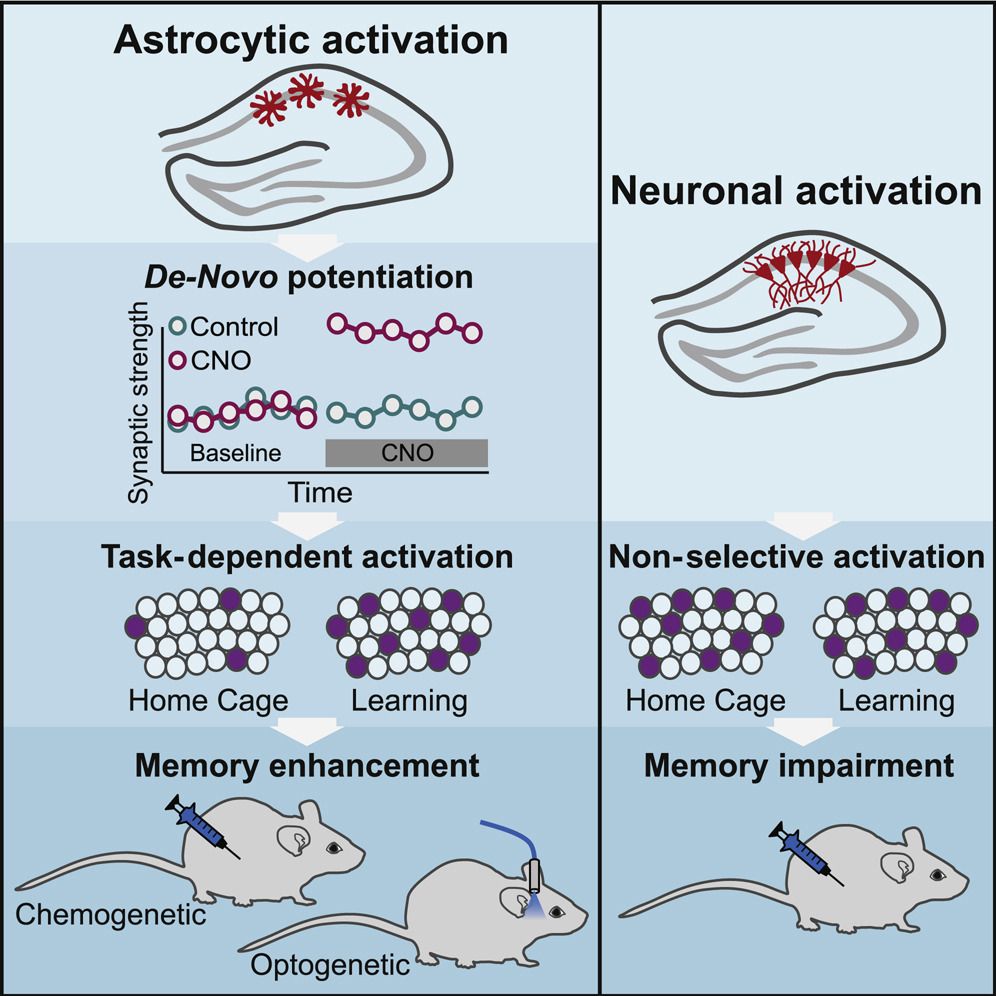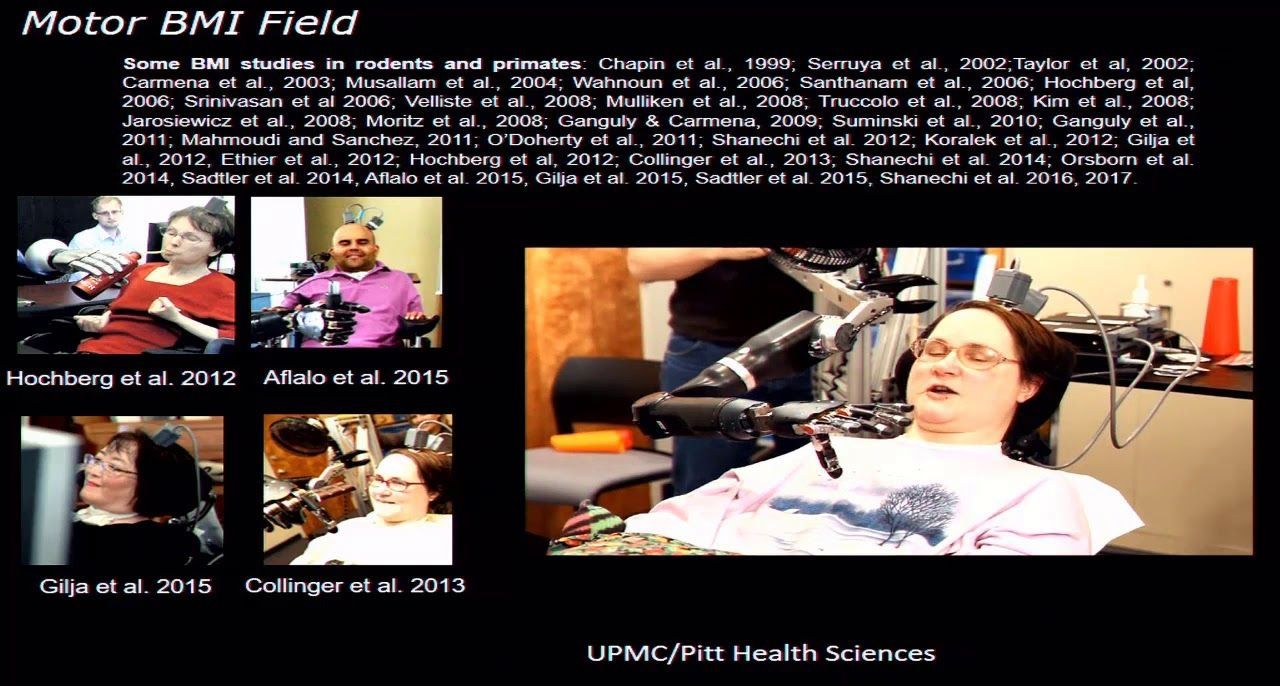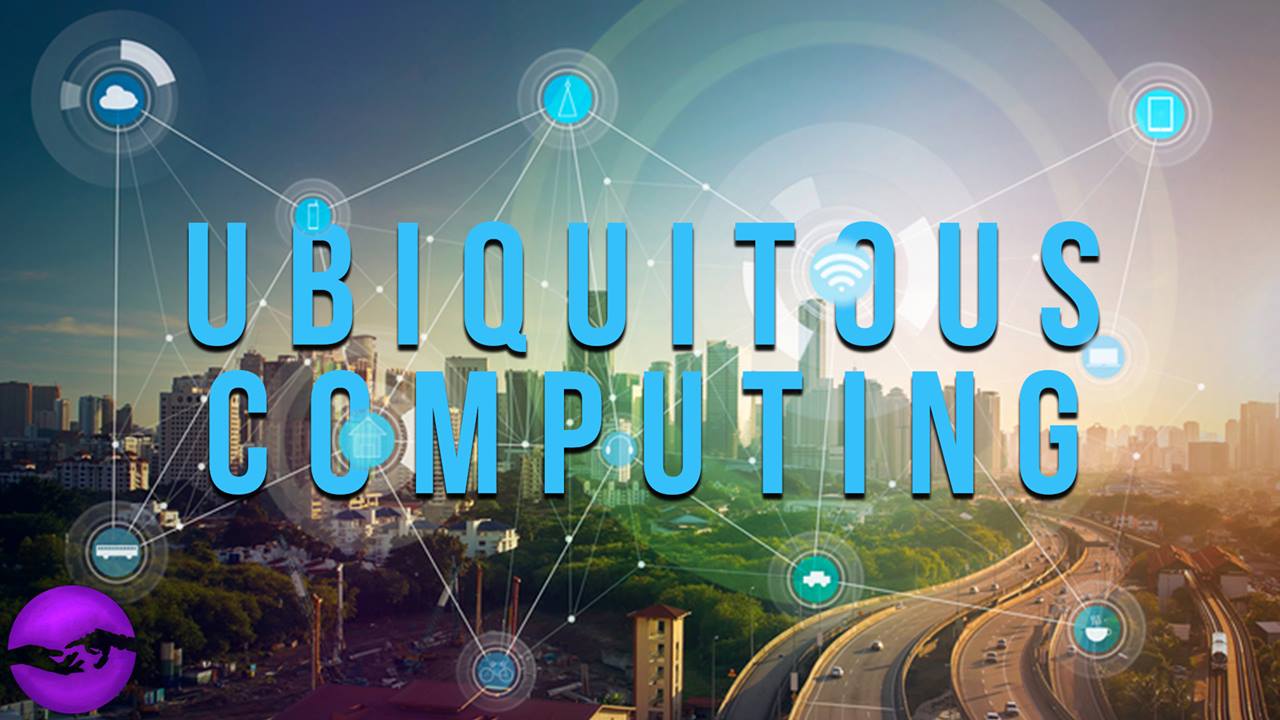Jul 2, 2018
Sitting tied to raised risk of death from 14 diseases
Posted by Nicholi Avery in categories: biotech/medical, health, neuroscience
(HealthDay)—Get up off of the couch: Sitting too much may kill you even if you exercise regularly.
If you sit for six hours a day or more, your risk of dying early jumps 19 percent, compared with people who sit fewer than three hours, an American Cancer Society study suggests.
And, the study authors added, sitting may kill you in 14 ways, including: cancer; heart disease; stroke; diabetes; kidney disease; suicide; chronic obstructive pulmonary disease (COPD); lung disease; liver disease; peptic ulcer and other digestive disease; Parkinson’s disease; Alzheimer’s disease; nervous disorders; and musculoskeletal disorders.

















